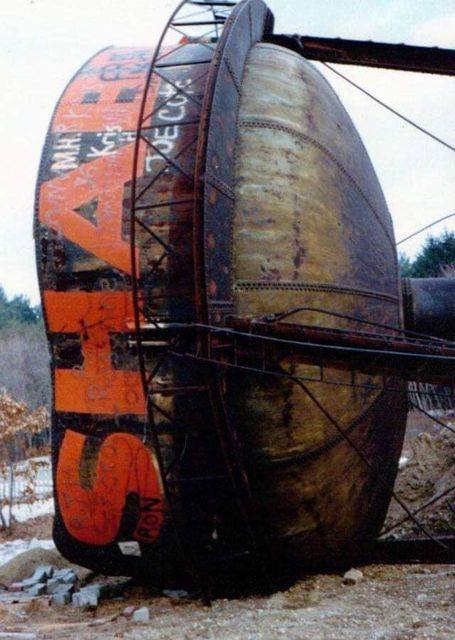Shaboo— The Movie
The Greatest Rock Story Never Told
A Leader in Acts Coming Up or Going Down in the Charts
Bruce and Lefty dubbed their little club the Shaboo Inn. Although not yet old enough to legally run the club, their entrepreneurial gamble paid off. The conveniently located, dark, intimate, former mill became the place to be. It was consistently packed with raucous fans from around Connecticut, Rhode Island and Massachusetts, who descended on the Shaboo in growing numbers, ready to dance to national blues and rock acts touring New England, and hear musicians and bands working to make a name for themselves by playing in front of live audiences, establishing a reputation and scoring that elusive recording contract.
“We caught bands either on the way up or on the way down,” said Bruce John. From 1971 through 1982, the Inn catered to a wide range of blues and rock talent, making a small fortune for its owners. Up and comers like Tom Waits, Aerosmith, Tom Petty and the Police, as well as more well-known names like Miles Davis, Muddy Waters, Bonnie Raitt, B.B. King, Joe Cocker, Lou Reed, Jonathan Edwards and hundreds of others, all stopped off to play in the sleepy little town in northeastern Connecticut, many to jam-packed audiences. For the Shaboo Inn and its surrounding communities, rock and roll was good business.
A microcosm for the 1970s music scene
Social, cultural, economic and political values were in transition, as was the overall music industry and the people that surrounded the music. This “golden age” of rock and roll enabled the Shaboo to attract a significant following across the northeast that still exists today. Many who visited and took in the music have lasting fond memories. Others of all ages are still deeply attracted to its story of two teenagers who had a dream, and enabled thousands of locals to drop in and take in bands like Aerosmith, the Ramones or the Police.
A story representative of the 1970s music industry climate
It was a time when live music was still a key pipeline through which small bands could make their name. Album rock radio stations were in their infancy and willing to allow listeners to judge the quality of what they were hearing. It was a time when the music people listened to was driven by the listeners themselves, as opposed to corporations controlling their tastes. This promise of discovery through an intimate yet collective, local live music experience, created the perfect backdrop for small town, music-loving entrepreneurs like Bruce John and Lefty Foster to become deeply involved in the music industry and profit from their own and regional musical tastes.
Fifty Years Later
The musical space where the Shaboo Inn flourished has been eclipsed. The internet, large, “pack them in” venues, skyrocketing ticket prices, and a corporate music industry that tends to focus on production value and revenue, has replaced the world where two young guys could easily book acts, up and coming musicians could “stop by” and play a few gigs, and local fans could fork over a few dollars to listen.
The Shaboo Inn closed in 1982, and the building disappeared in a blazing inferno shortly thereafter.
Fifty years later, what it left behind in the ashes is a uniquely American music story worth telling, celebrating and preserving.

